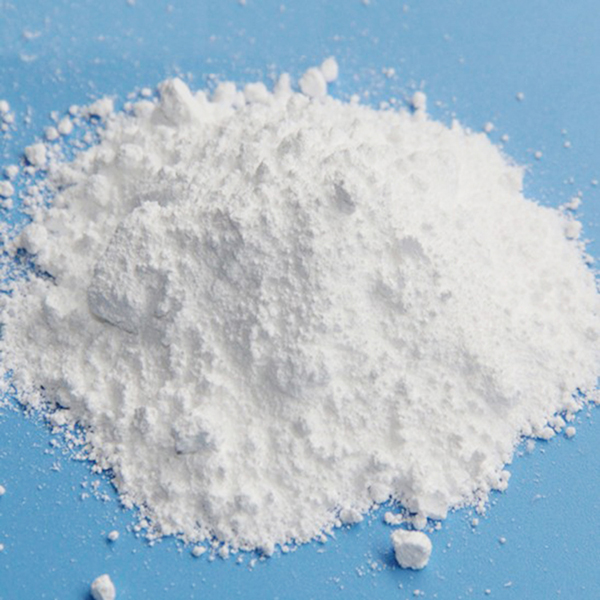[alias]Methylenesuccinic acid, 2-propylene-1.2-dicarboxylic acid.
[Molecular formula]C5H6O4
[Structural formula]CH2CCOOH

[Properties]Itaconic acid is a colorless hygroscopic crystal with a special odor. It is not volatile and can sublime under vacuum. Relative density 1.6320 (20°C), melting point 167-168°C (decomposition). Soluble in water, 7.7g dissolved in 100mL water at 20℃, also soluble in ethanol, acetone and chloroform, slightly soluble in benzene, chloroform, ether, carbon disulfide and petroleum ether. Dissolve it in water or alcohol, add an initiator and heat properly, that is, polymerization occurs, and it can also be copolymerized with other monomers. Crystals are not easy to aggregate. It reacts with dichlorosulfite to form itaconic anhydride.
[Application] Itaconic acid is an important raw material for the manufacture of acrylic fibers, synthetic resins, ion exchange resins and plastics. It is also used to prepare plasticizers, lubricating oil additives, paint dispersants, paper coating agents, carpet surface and interior agents, and adhesives.
[Brief recipe]
①Using carbon wood compounds (such as starch, glucose) or sugarcane, sugar beet, etc. as raw materials, select appropriate strains for fermentation, and then filter, concentrate, decolorize, It is prepared by crystallization and other processes, and its reaction formula is as follows:
②Using succinic anhydride or succinic diester as raw material and thorium sulfate as catalyst. First react with formaldehyde to generate citraconic acid, and then heat isomerization to obtain itaconic acid.
[Safety and Protection]This product has very little toxicity. Packed in paper barrels lined with plastic bags, and stored and transported according to general chemical regulations.

 微信扫一扫打赏
微信扫一扫打赏

